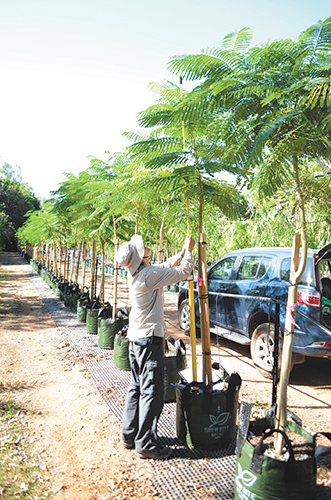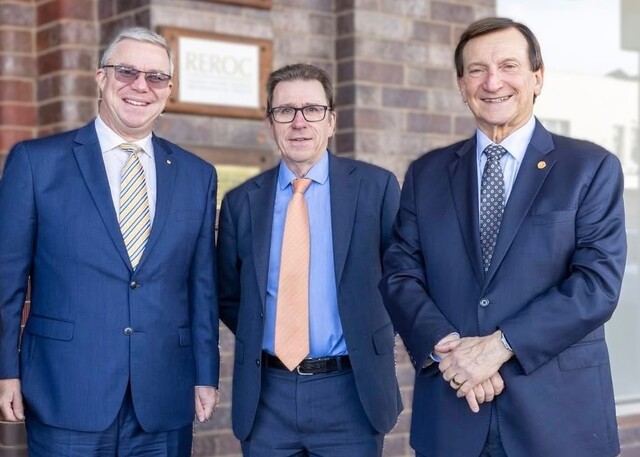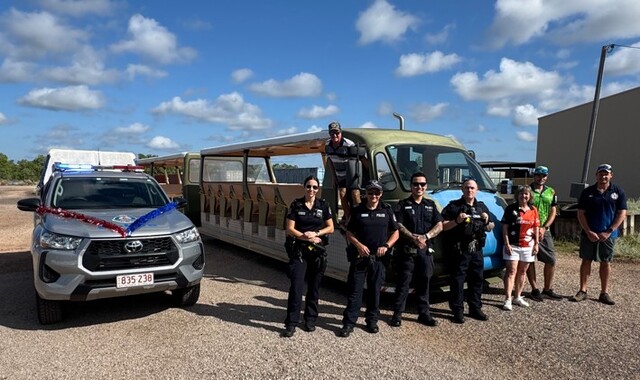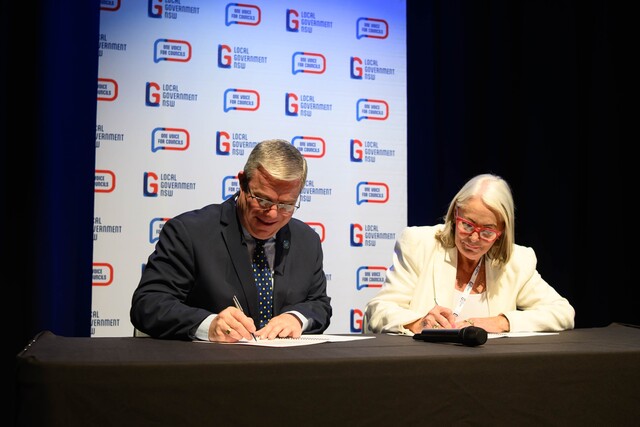The nursery industry is reviewing the national tree standard to give councils added confidence when planting in their local areas.
An increasing amount of research is showing the benefits of green space in urban areas from an environmental and health perspective as well as for the recreation and amenity services they provide.
A priority for councils trying to minimise the costs associated with increasing canopy cover is to ensure the quality of the trees being planted, so they’re suited to local conditions and have a long and productive life.
The nursery industry is investing in research aimed at providing confidence for councils, developers and landscapers when purchasing trees, spending the past two years reviewing aspects of the current national standard AS2303:2015 Tree Stock for Landscape Use.
The research has been led by Western Sydney University’s Hawkesbury Institute for the Environment, funded by Horticulture Innovation Australia (Hort Innovation) using the nursery R&D levy and funds from the Australian Government.
The team has measured the above and below ground qualities of more than 13,000 trees from 23 nurseries across Australia to test the ‘root to shoot’ balance across species and different climatic zones.
They’ve found there is a much greater variation than the current standard allows, which means councils, developers and town planners could be rejecting some trees that are actually fit for purpose.
It’s anticipated the research will help bolster the standard, with the data collected through the study prompting an application for a revision of AS2303:2015 that takes into account the huge variety of trees grown and sold in Australia.
Other research being funded by Hort Innovation is investigating the suitability of various plant species under current and future climate scenarios and in various urban areas, from street plantings to housing developments and open spaces. The aim of this research is to provide a database that is available as an online interactive tool.
The nursery industry, meanwhile, is encouraging greater collaboration at the planning stages to ensure appropriate species are chosen, and because many of the trees being ordered take years to grow to the desired size and last minute requests can be hard to fill.








